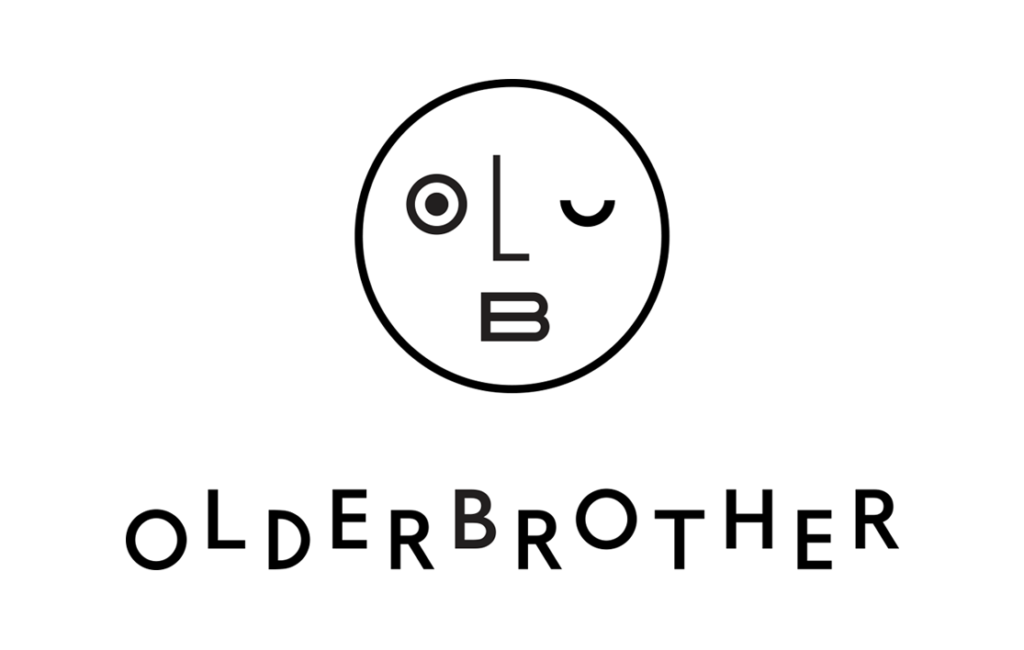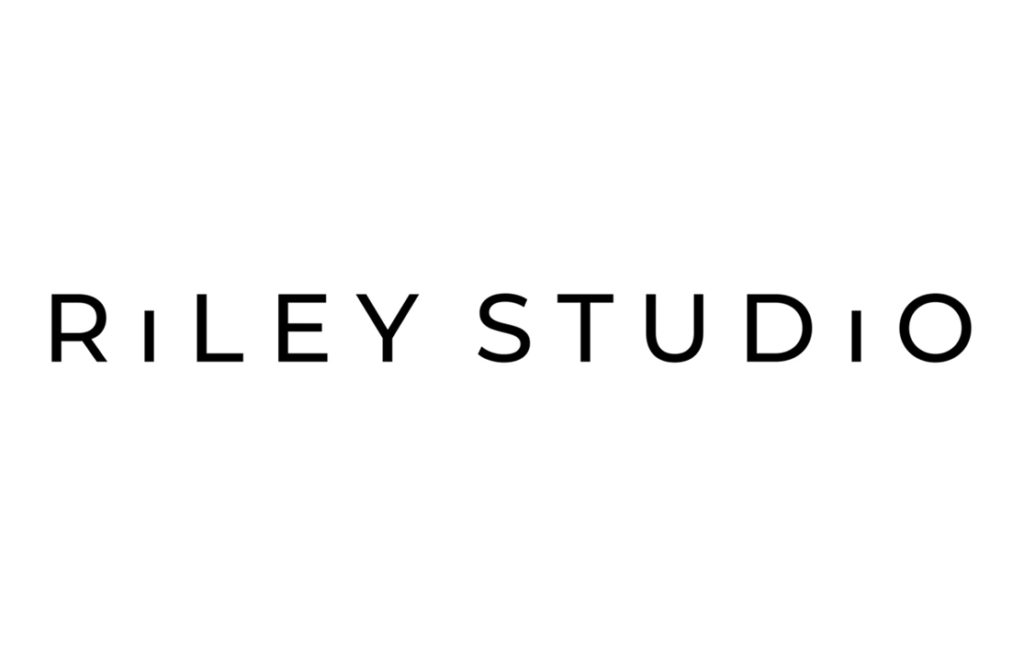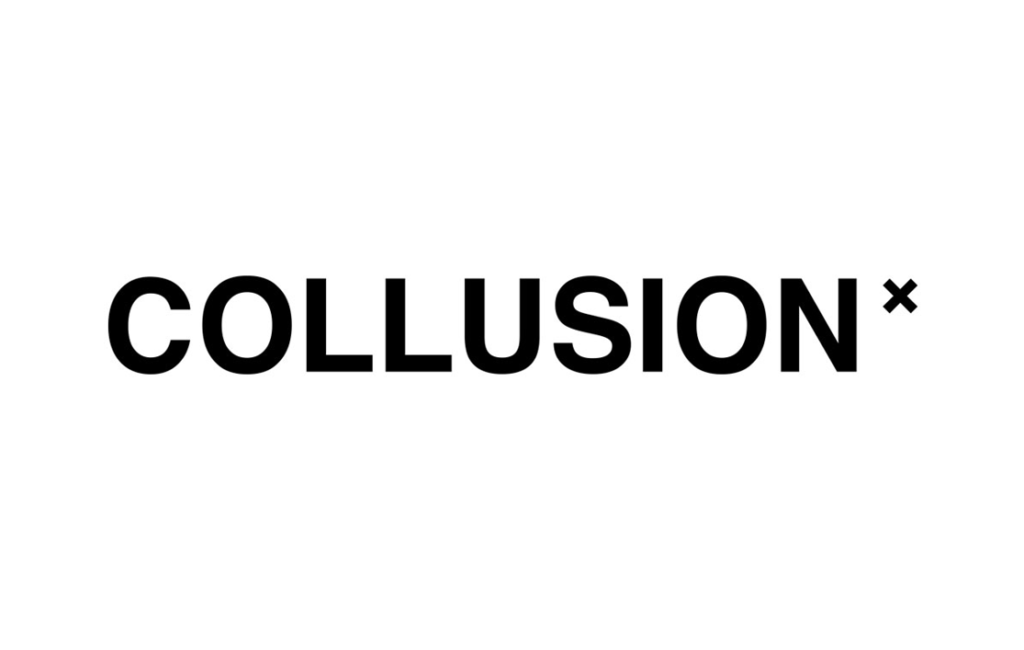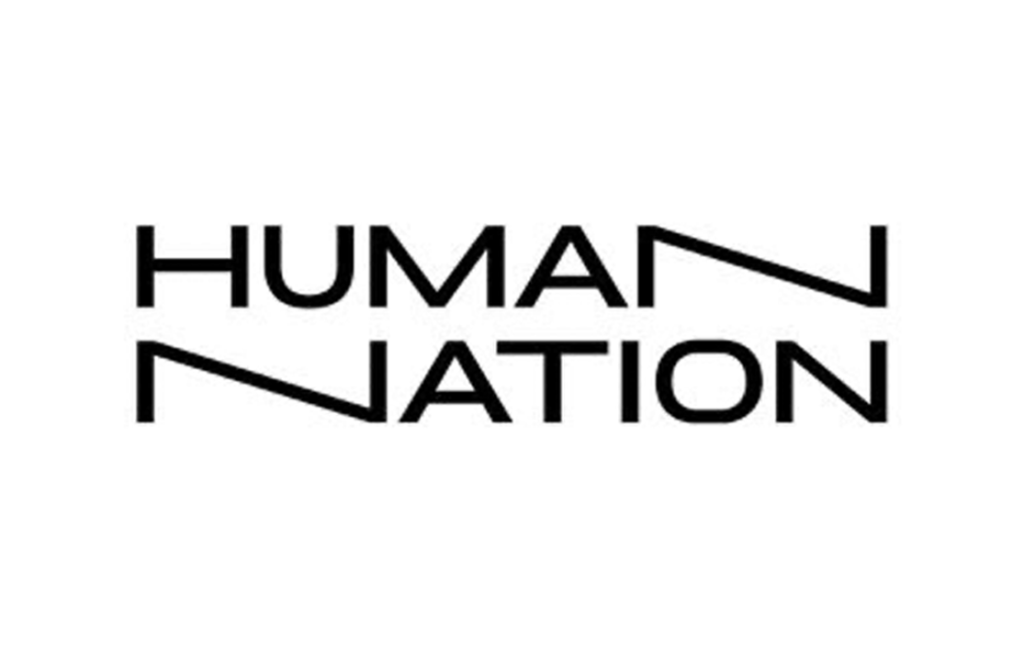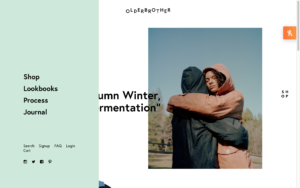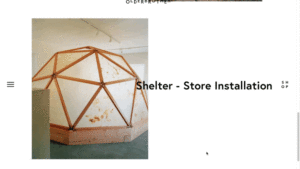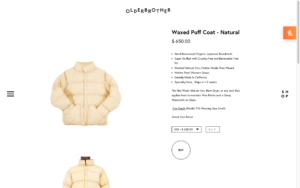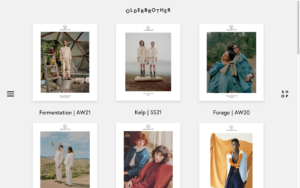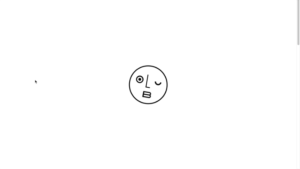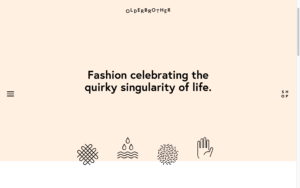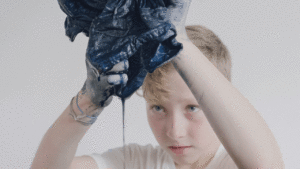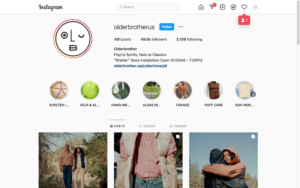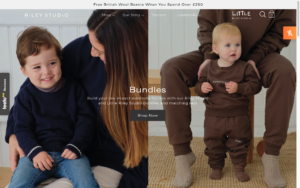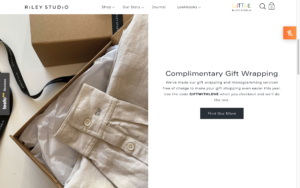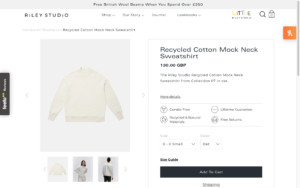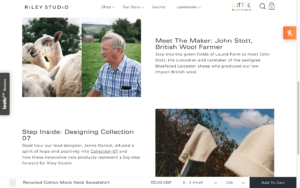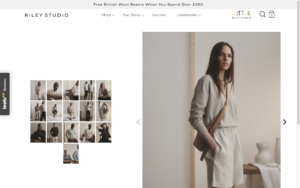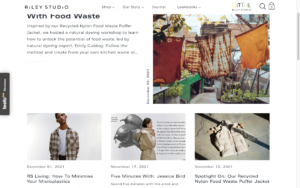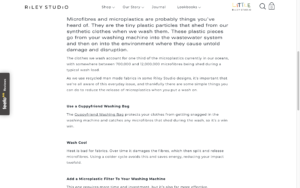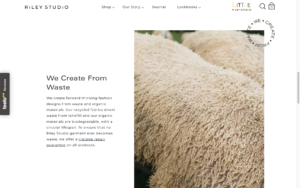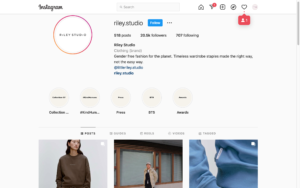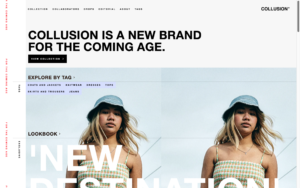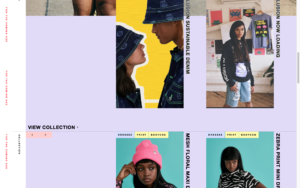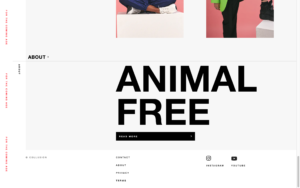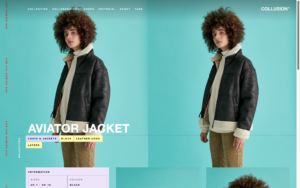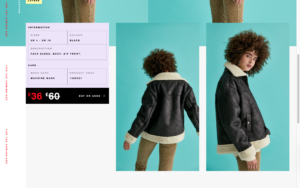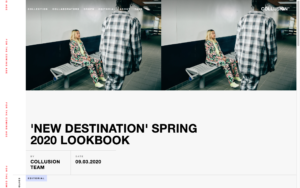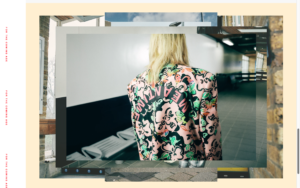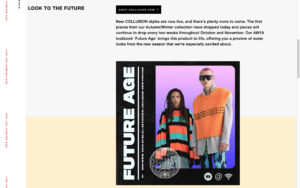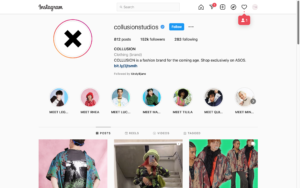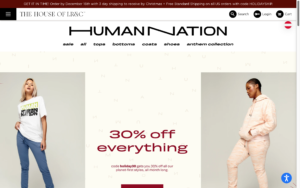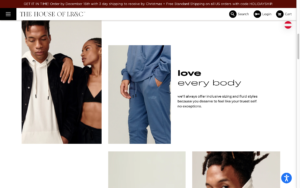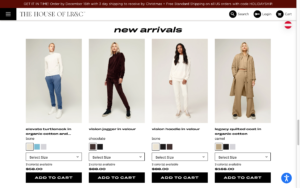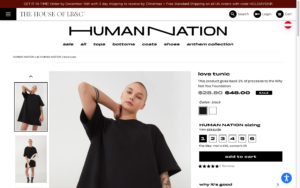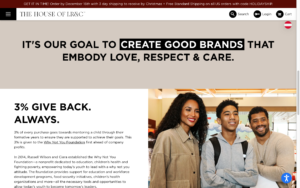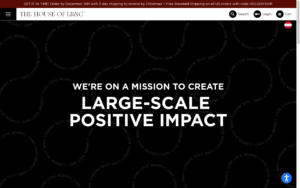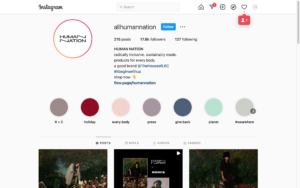Last semester, I was able to research into many aspects of unisex and gender-neutral design within different design sectors while specifically focussing on the fashion industry and branding. I gained a lot of insight on significant factors to consider before developing a corporate identity and what external obstacles as well as internal strategic decisions need to be considered to fully enable a successful execution. After this very theoretical period of research, this semester the task was given to use an experimental approach within our fields of gained expertise and use our creativity and curiousness to discover different aspects in a more hands on methodology.
My struggle of finding the right topic
I have to admit, at first I was very unsure as to how I could apply an experimental perspective on a quite strategic and intentional practice which comes with developing a brand identity. With every establishment of a corporate identity incl. imagery, logo, colours, graphics and typography, comes very thought-out, well considered research and then ultimately the design. With only little room for experimentation in the trial and design phase, it took some restructuring of my thoughts till I ended up with an experiment I deemed useful within my field of research.
My previous research basically resulted in what 4 years of Marketing Bachelor study taught me: it all depends on the target group. I was unsure if an experimentation could emerge from that, by looking into different target groups as well as even different cultures where unisex fashion and other products are much more present and “normal”. Not being 100% certain on the topic and wanting to be more experimental than researching for another semester, within another one of the countless brainstorming sessions, a fellow student of mine mentioned a topic that inspired me to develop the experiment I will now be focussing on the coming few weeks. She, in basic terms, asked: what makes a design female, male or gender-neutral? Even though this was the topic I researched last semester theoretically in detail, while coming up with experiments I seemed to have lost the bigger picture. With only a simple nudge into this direction, I came up with an idea.
The experiment for the upcoming weeks
My topic for this semester will be: where is the boundary between a design being stereotypically assigned female or male? If one component of a brand identity is “male” and the rest “female”, does society then deem the design male or female? Or is this maybe even the key to gender-neutral design? Mixing different societally considered male and female components together? And if yes, how should the ration be?
After finding my research topic, I am excited to see what the result of this research may be. For the next blog post I will start to plan how I can structure my experiment, and what the content for it will be.
